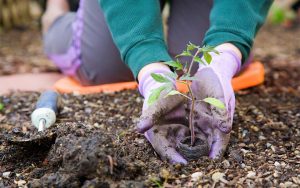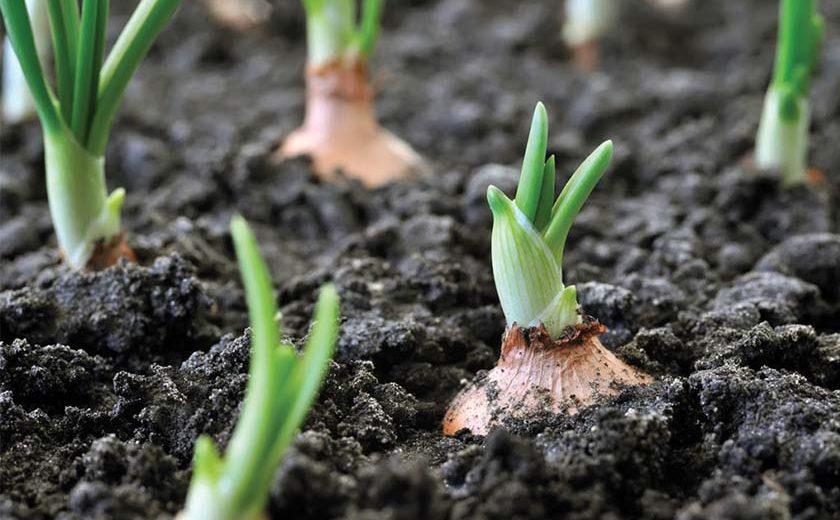You’ve been trying to eat more organic foods to decrease the number of pesticides you and your family consume. But, take a look at your grocery shopping receipt and you know that buying organic can get very expensive.
Luckily, there’s a way to grow your own delicious and fresh plants.
1. Think about the vegetables and herbs you enjoy eating
Before you grab the scoop and start digging holes, make a list of vegetables, fruits or herbs you enjoy most. Think about which are hardest to find or most expensive to buy in a store – those are the one you’ll want to grow. Squash, lettuce, tomato, watermelon, maize, chillies, herbs are the usual popular choice. Don’t be afraid to try new varieties.

2. Preparing the soil
To get the best outcome, your organic garden must have good soil as a start. Make sure the soil is properly conditioned and great location to grow your food. You have to eat to survive, and so do plants. So, make sure the soil can supply enough fresh nutrients to your plants. Healthy soil helps build up strong, productive plants.
3. Making good compost
Now it’s time to create your own compost. Hey, it’s free and easy to do! Compost feeds plants, helps conserve water, cut down on weeds and also reduce wastage as you’ll use the food and yard waste as a compost.
The best compost forms from the right ratio of nitrogen and carbon-rich organic waste, mixed with soil, water and air. If you don’t have enough time to make perfect compost, a minimally tended pile will do.
4. Divide the crops
Grouping reduces weeding and water waste – not to mention, helps you target compost and nutrients too. Raised beds work great for a small crop. Ample space between rows helps promote air circulation which repels fungal attacks. Divide the crops you want to grow into crops that can be grown from seed in the garden and those that don’t require much sunlight into your house or balcony. Remember that you do want to limit overshadowing so be careful in choosing which plants to stay inside your house and which to grow in your garden.
5. When to water?
It is said that the best time to water plants is usually in the morning. Why? Mornings tend to be cool with less wind – so the amount of water lost to evaporation is reduced. If you water in the evening, plants stay damp overnight, thus making them more likely to be damaged by fungal and bacterial diseases. Ideally, you want to water the roots, not the greenery. Carefully water the bases of plants by hand and check on the amount of water used.

6. Deal with weeds
Weeds are a common situation if you grow plants. Pulling them by hand may sound like hard work, but it also can be good exercise and gets you outside in the fresh air. In order to reduce the number of weeds, you can put straw which is cheap but doesn’t last long. Another option would be wood chips – they are nice but can get pricey.
7. Don’t use pesticides
If your garden has pests, it may be a sign of other problems, so the first thing you should do before eliminate the pests is to make sure plant are getting enough light, nutrients and moisture. It’s a good thing to foster natural predators in your garden such as frogs, toads, birds and lizards. Some of the predators can be your best friend, especially ladybugs. Organic weapons include Bacillus thuringiensis, a naturally occurring bacterium that disrupts the digestion of caterpillars and other leaf-eaters. You can also use horticultural oils, insecticidal soaps, garlic, or hot pepper sprays.
8. Time to enjoy your food
It’s time to harvest! Generally, the more you harvest, the more your plants will produce for you. During peak harvest season, you’ll likely find that it’s best to check your garden every day. Pick your herbs right before you need them to keep them fresh and add more flavour to your cooking. You can store them up for months if your dry them up and save more money! It’s best to cut plants off with a sharp nice or scissors rather than ripping with your fingers, which can cause more damage to plant tissue. Enjoy!


